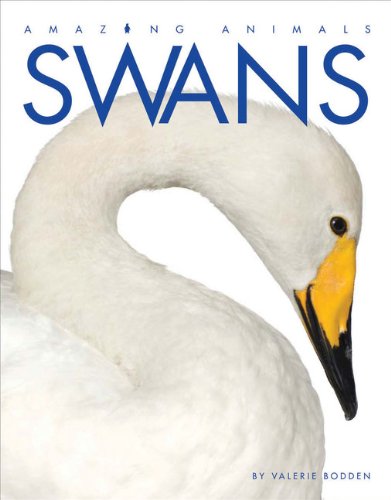-
Amazing Animals: Leopards
Kate Riggs
Paperback (Creative Paperbacks, Aug. 29, 2012)This popular series continues traveling the planet to study alligators, bats, and other fascinating animals. Beautiful photos are paired with accessible text to examine the featured creature's appearance, habitat, behaviors, and life cycle. L
L
-
Komodo Dragons
Valerie Bodden
Library Binding (Creative Educ, Jan. 1, 2013)"A basic exploration of the appearance, behavior, and habitat of Komodo dragons, Earth's heaviest lizards. Also included is a story from folklore explaining why Indonesians respect Komodo dragons"--Provided by publisher. L
L
-
Arctic Wolves: Amazing Photos & Fun Facts Book About Arctic Wolves
Rita Terry
Paperback (CreateSpace Independent Publishing Platform, Aug. 28, 2016)Arctic Wolves: Amazing Photos & Fun Facts Book About Arctic Wolves Arctic Wolves are the distant cousins of Gray Wolves. Some people also call them “White Wolves” because of their majestic white fur. They live in places where the temperature can get as cold as -30-degrees Celsius. They are one of the few animal species who can survive in this kind of environment. Like Gray Wolves, they run fast, too. They can run as far as 40 miles per hour. Gray Wolves and White Wolves have many similarities but vary in many ways, too.
-
Giraffes
Valerie Bodden
Paperback (Creative Paperbacks, Feb. 18, 2020)From winged bats to furry wolves, and from leaping dolphins to stalking lions, the world of animals is wonderfully diverse. This popular series travels the planet to study these and other fascinating mammals, birds, reptiles, fish, and invertebrates. Beautiful photos are paired with STEM-appropriate text to examine the featured creature's appearance, habitat, behaviors, and life cycle. Each reissued title also presents a folk story that people have used to help explain the animal's appearance or behavior. This revised edition surveys key aspects of giraffes, describing the towering mammals' appearance, behaviors, and habitats. A folk tale explains why these creatures have long necks. P
P
-
Amazing Animals: Vultures
Kate Riggs
Paperback (Creative Paperbacks, Sept. 15, 2015)A basic exploration of the appearance, behavior, and habitat of vultures, the carrion-eating birds of prey. Also included is a story from folklore explaining why vultures are bald. N
N
-
Crocodiles
Valerie Bodden
Hardcover (Creative Education, Jan. 1, 2020)Surveys key aspects of crocodiles, describing their appearance, behaviors, and habitats. Also included is a story from folklore explaining why crocodiles have rough skin. L
L
-
Hippopotamuses
Christina Wilsdon
Paperback (Gareth Stevens Pub Learning library, July 1, 2009)Even though a hippopotamus might look silly, meeting one in the wild is no laughing matter. Hippos are fierce and powerful creatures who are quick to protect themselves. Learn all about these giant animalswhat they eat, why they spend so much time in the water, and how they raise their young. P
P
-
Amazing Animals: Swans
Valerie Bodden
Paperback (Creative Paperbacks, Feb. 2, 2011)None B
B
-
Pelicans
Valerie Bodden
Paperback (Creative Paperbacks, March 12, 2019)From antlered elk to pouched pelicans, and from scouting prairie dogs to upright-swimming seahorses, the world of animals is wonderfully diverse. This popular series—extended to include more Spanish-language titles—travels the planet to study these and other fascinating mammals, birds, reptiles, fish, and invertebrates. Beautiful photos are paired with STEM-appropriate text to examine the featured creature's appearance, habitat, behaviors, and life cycle. Each book also presents a folk story that people have used to help explain the animal's appearance or behavior. A basic exploration of the appearance, behavior, and habitat of pelicans, the long-billed waterbirds. Also included is a story from folklore explaining why some pelicans have white feathers. O
O


